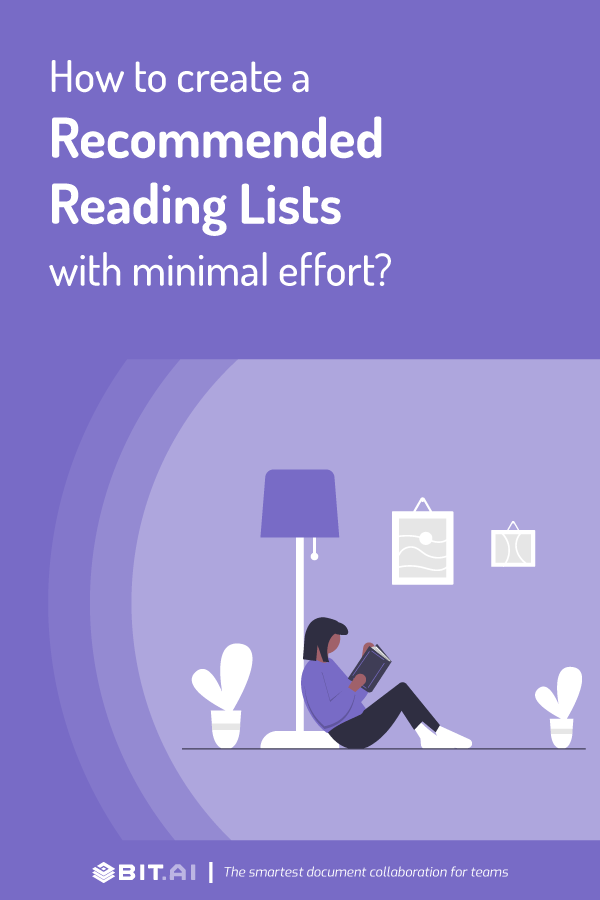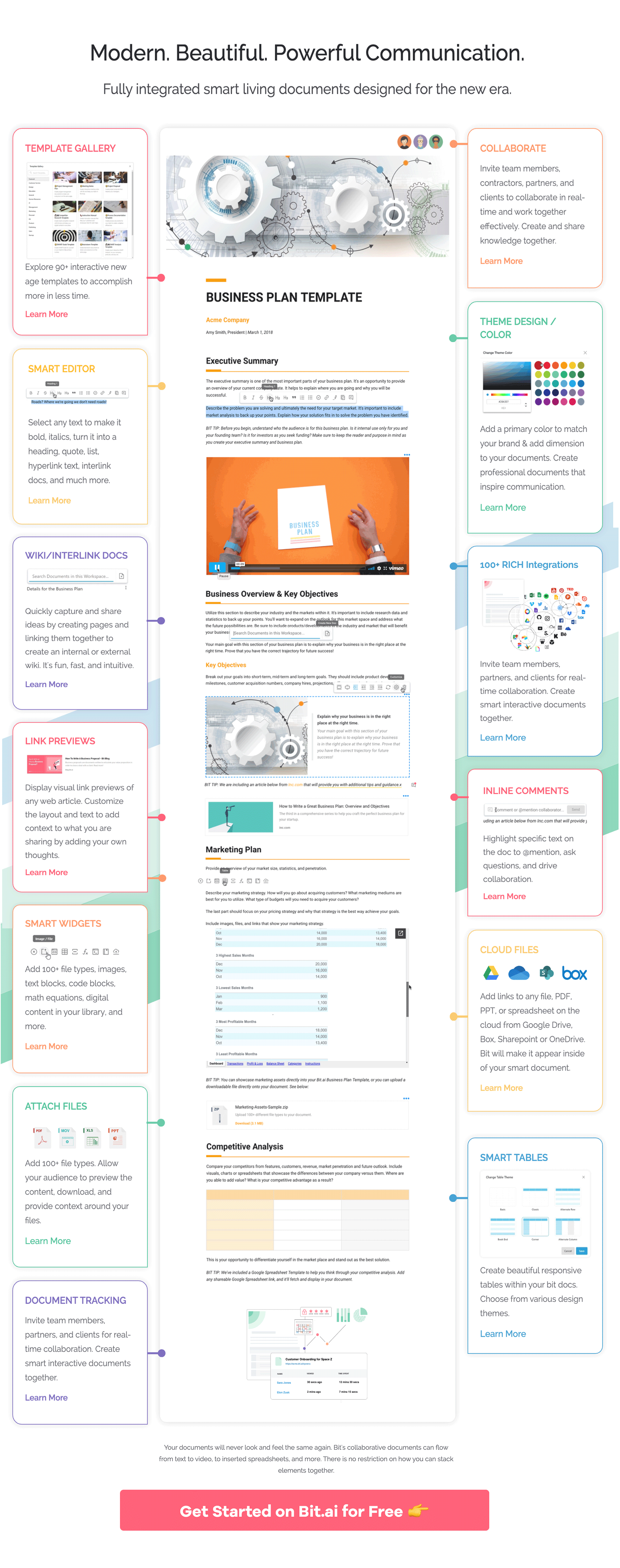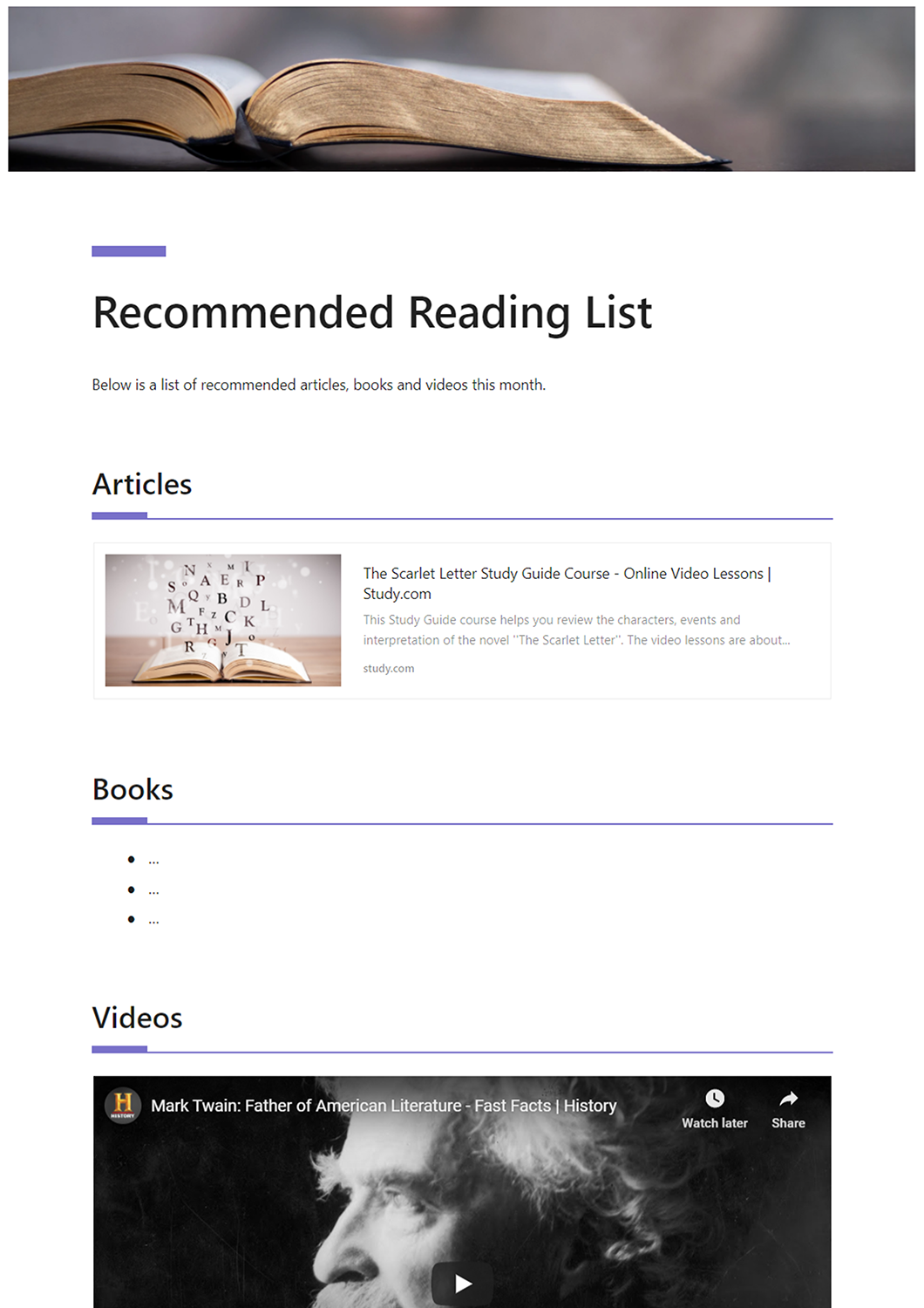‘Books are the quietest and most constant of friends; they are the most accessible and wisest of counselors, and the most patient of teachers’. -Charles W. Elio
Reading is known to improve communication and language skills and lays the foundation for cognitive development in a child’s brain. If you are a student, reading is crucial to promote learning, improve memory, and open up a whole new world of knowledge.
The American Library Association has done a lot of research on the connection between reading habits and overall student performance. Here are the results:
- The more elementary-aged students read outside of school, the higher they scored on reading achievement tests
- Students who read independently become better readers, score higher on achievement tests in all subject areas, and have greater content knowledge than those who do not
- Multiple studies support that even a small amount of independent reading increases primary and elementary students’ reading comprehension, vocabulary growth, spelling facility, understanding of grammar, and knowledge of the world
However, with increasing outlets of entertainment like social media, television, podcasts, etc, reading has been on a decline.
- A 2007 study from the National Endowment for the Arts showed that American students are reading less. Over the course of 10 years (from 1992 to 2002), adults showed an overall decline in reading for fun of about 7 percent while students showed a decline of about 5 percent.
- According to the US National Endowment for the Arts, the proportion of American adults who read at least one novel in 2015 had dropped to 43.1 percent from 56.9 percent in 1982.
- Another report suggests that in 1980, 60 percent of 18-year-old school students read a book, newspaper or magazine every day that wasn’t assigned for school. By 2016, the number had plummeted to 16%.
As an educator, it’s your job to encourage students to read more and reap its numerous benefits. This is why we created a recommended reading list template for you to use and help out your students.
But before we dive into the template, it is important to understand why reading is important and what role does it play in everyday life.
Why Reading is Important?
Reading is the most economical source of knowledge and entertainment. Kids, students, adults-everyone should devote some time of their day to reading. There are numerous benefits to reading
Stress Reduction: A 2009 study at the University of Sussex found that reading can reduce stress by up to 68%. It works even better than listening to music or drinking hot tea! Reading is a great escape from the hustle of everyday life and calms you down effectively.
Best source of Knowledge: The more knowledge you have on a variety of topics, the more equipped you are to face any life challenges. Reading is the best source of knowledge and every new article/book/magazine fills you up with new information.
Mental Stimulation: Keeping the brain stimulated via reading can keep your brain healthy and active. This, in turn, keeps diseases like Dementia and Alzheimer’s at bay.
Improve your vocabulary: Communication skills are crucial for all professions. Having a reading habit introduces you to newer words and phrases, improving your communication bit by bit. The more you read, the more new words you are exposed to.
Improve analytical thinking: Reading, especially mystery novels, stimulates your brain and enhances your imagination. You are able to ask better questions, view different perspectives, expose yourself to newer forms of thinking, make connections- all of which helps in improving your analytical thinking skills.
The list is endless. There are too many benefits to reading which makes it one of the best sources of knowledge and entertainment.
This is why teachers should pay special attention to ensure students get into the habit of reading early in their academic life and reap its rewards to the fullest. A great way to promote reading in the classroom is by creating a recommended reading list.
Read more: How To Create Class Notes Worth Reading!
What is a Recommended Reading List?
A recommended reading list is a document that contains all of the recommended books, articles, publications, etc. that are highly recommended to read.
Typically they are around a particular topic. Reading lists are usually created by teachers for their students as part of their assignment, help them learn about a topic more deeply, or simply promote the habit of reading.
Why Recommended Reading Lists are Important?
Recommended reading lists are an important way of sharing important supplemental information that colleagues and students can continue reading on their own free time. Often different writing styles and content will touch different individuals.
Recommended reading lists are simply curated reading resources that students can go through, making it easy for them to choose what to read next. A recommended reading list can also contain videos, PDFs, presentations and other types of digital content to assist with learning.
What You Should Include in Your Recommended Reading Lists?
A typical reading list contains the following elements:
Title: Add a title to your reading list.
Message: Provide a message for your audience so they understand what the reading list is for and if they can contribute to it.
Include different types of digital content like:
- Articles
- Books
- Videos
- Presentations
- Cloud files
Now that you know why reading is important and how recommended lists can help you promote reading habits in the classroom, let us explore a tool that will you create those reading lists quickly and easily…
Read more: How To Create Effective Lesson plans For Students!
Make Reading Lists The Right Way with Bit
Ready to make recommended reading lists for your students? We have the perfect tool for you!
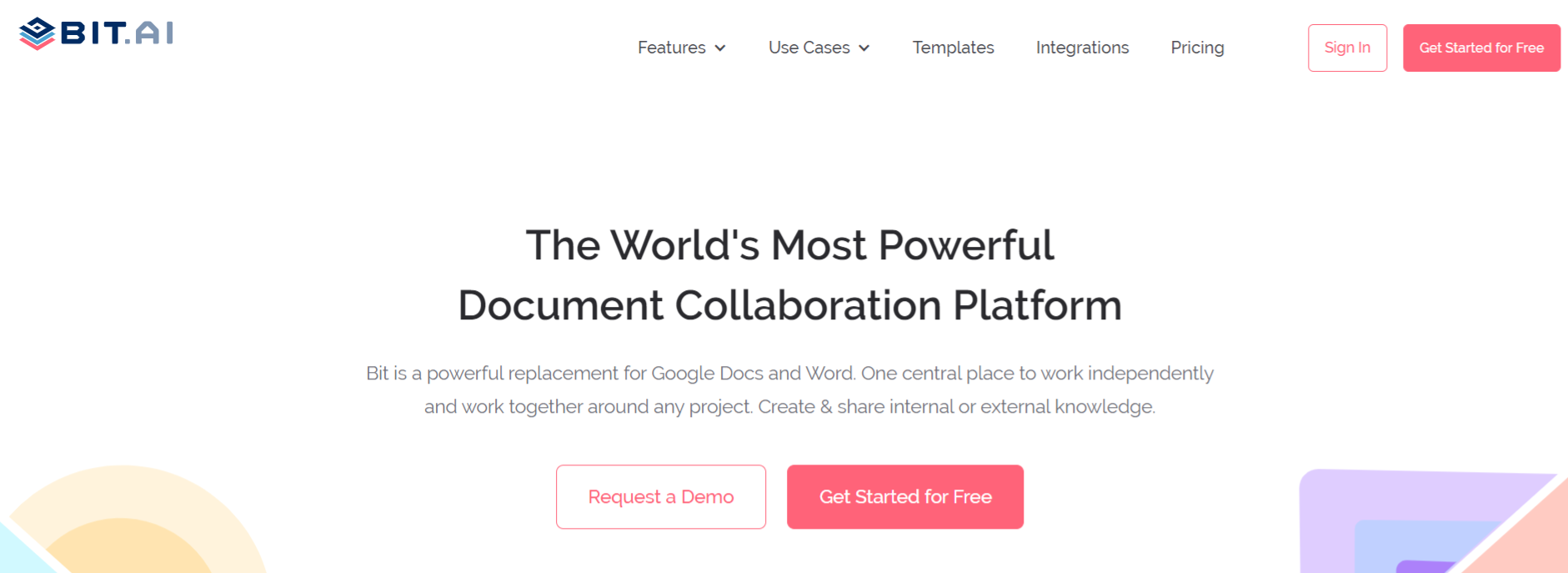
Bit.ai is a new age online document collaboration tool that helps anyone create awesome recommended reading lists, notes, assignments, reports, and other classroom documents in minutes.
Bit has an amazing UI that’s easy to understand by a new user, making onboarding easier. The user experience is phenomenal too as things flow from documents to workspaces swiftly.
Bit is the dream tool for both teachers and students as it helps revolutionize classroom education and makes it more modern, fun and interactive.
Some of the reasons why you should use Bit.ai in your classroom includes:
Immersive learning experience: Bit is used by teachers to create media-rich reading lists, assignments, reports, and documents for their students to give them a more immersive learning experience than sharing boring text-only PDFs, emails, etc.
Users can add links to articles, books, YouTube explainer videos, images, spreadsheets, PDFs, podcasts, to foster deep learning.
Workspaces to keep things organized: Students can use Bit as their digital notebook. Bit organizes files and documents into “Workspaces,” making it easier for students to keep files from different subjects into different workspaces.
Bit allows students to keep their class notes, assignments, report research, and other resources organized in different folders and workspaces for easy access.
Real-time collaboration to foster co-learning: Bit supports real-time collaboration features that allow students and teachers to work together on assignments in real-time from the comfort of their homes. With the presence of real-time chat, teachers can mark up things that need changes and give feedback.
Multiple ways to share: Bit documents can be shared in a live state meaning that all changes that you make to the document will update in real-time. If you are sharing your documents with clients, they will always get your most up-to-date changes.
You can even embed Bit documents on any website or blog. Since Bit documents render and are responsive, any changes made to these documents will reflect live on the site! Moreover, features like document tracking, password protection, file access restrictions, etc. help keep your recommended reading lists and other workplace documents safe.
Some cool features of Bit include:
- Workspaces to organize notes and lists
- Real-time collaboration between students and teachers
- Document tracking provides teachers with the ability to see how many students have viewed their document, and how many have actually spent time reading it.
- Embed reading lists on your School/University website.
Key Benefits of Making Your Recommended Reading Lists on Bit.ai:
- Collaborate with students in real-time
- Interlink recommended reading lists and other documents
- Create fully responsive documents
- Create recommended reading lists only visible to yourself or your colleagues
- Track engagement on shared recommended reading lists with students, instructors, etc.
Read more: Collaborative Teaching: What is it & How to Do it the Right Way?
Recommended Reading Template
As promised, here’s an awesome template for you to create recommended reading lists for your students and colleagues. Check it out below:
How to use Recommended Reading Template with Bit
The process of creating a recommended reading document on Bit is insanely easy! Just follow these four simple steps to create a recommended reading document quickly:
Step 1: Create a Bit Account
Go the home page of Bit.ai and click on Get Started for Free or Sign Up to get started. Enter your email address to sign up. Once in, you can create your personal profile.
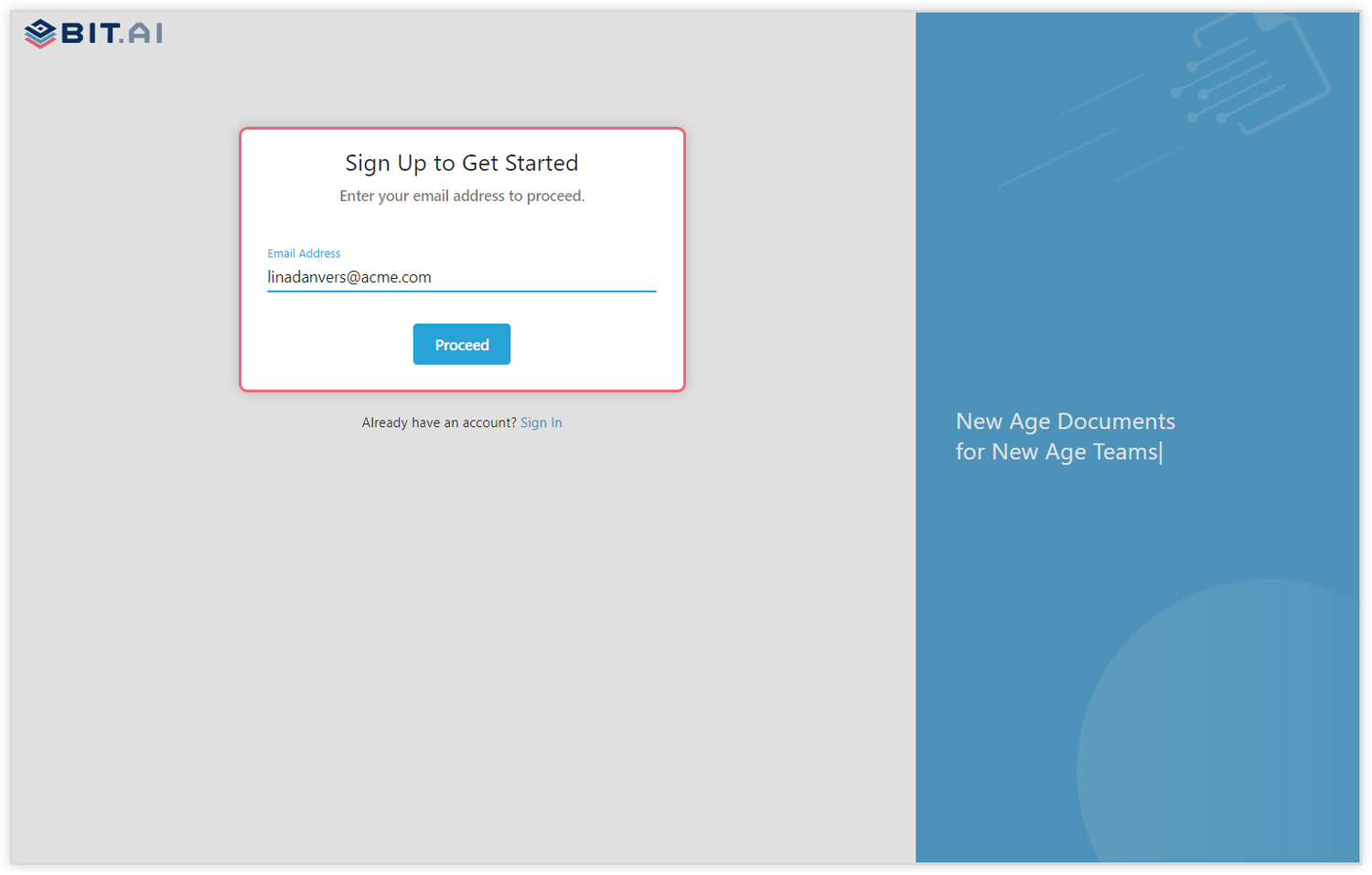
Step 2: Create a Workspace
Workspaces are where the work gets done. Click on the ‘Create Workspace’ button on the right. A popup will show up prompting you to add a name for your new workspace.
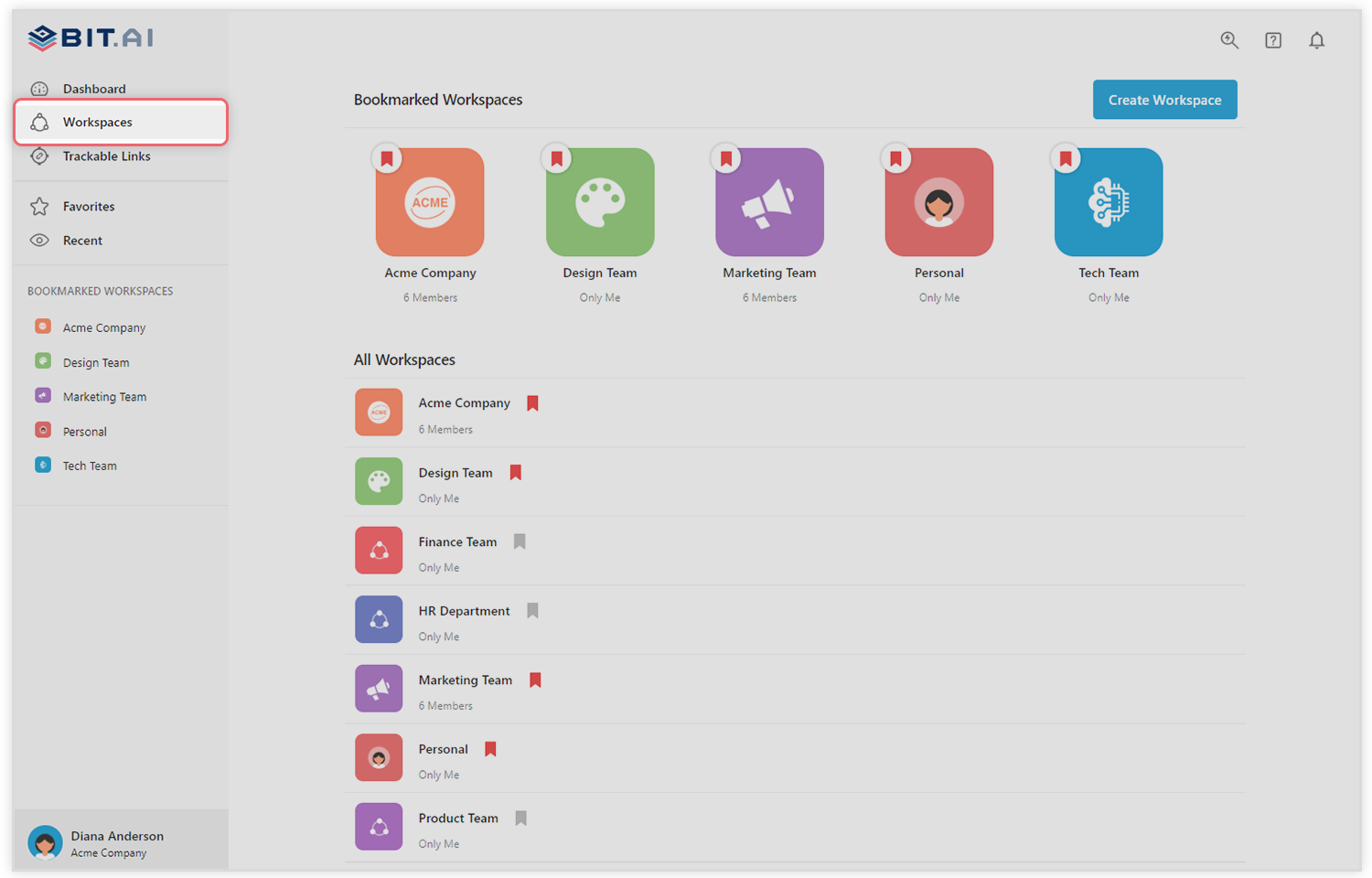
You can create a workspace around a team, department, large project, client, partner, etc. Inside each workspace, you can create an unlimited amount of Bit documents and access your content library (storage area for all of your digital assets – web links, files, cloud files, rich embeds, etc.).
Step 3: Add Team Members
Bit allows your team members to collaborate in real-time and get work done. Collaboration starts at the workspace level.
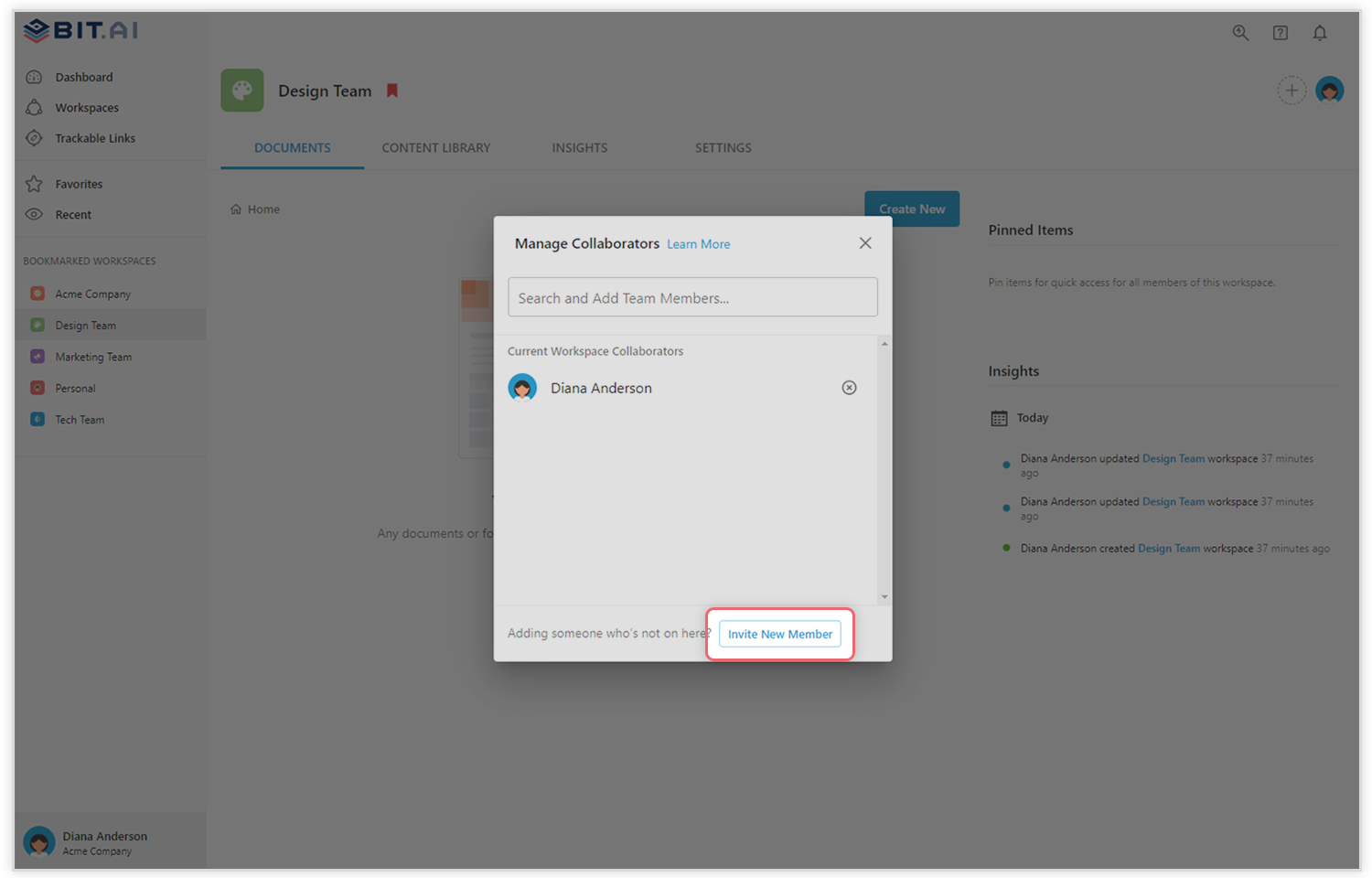
You create private workspaces by default. However, you can invite others to join you inside of a workspace and collaborate together with the knowledge, projects, documents and content inside of the workspace.
Step 4: Create Your Desired Document
Once you are in the workspace, click on the ‘Create New’ button. Select ‘From Template’ in the dropdown. A pop up will display allowing you to select a template from the gallery.
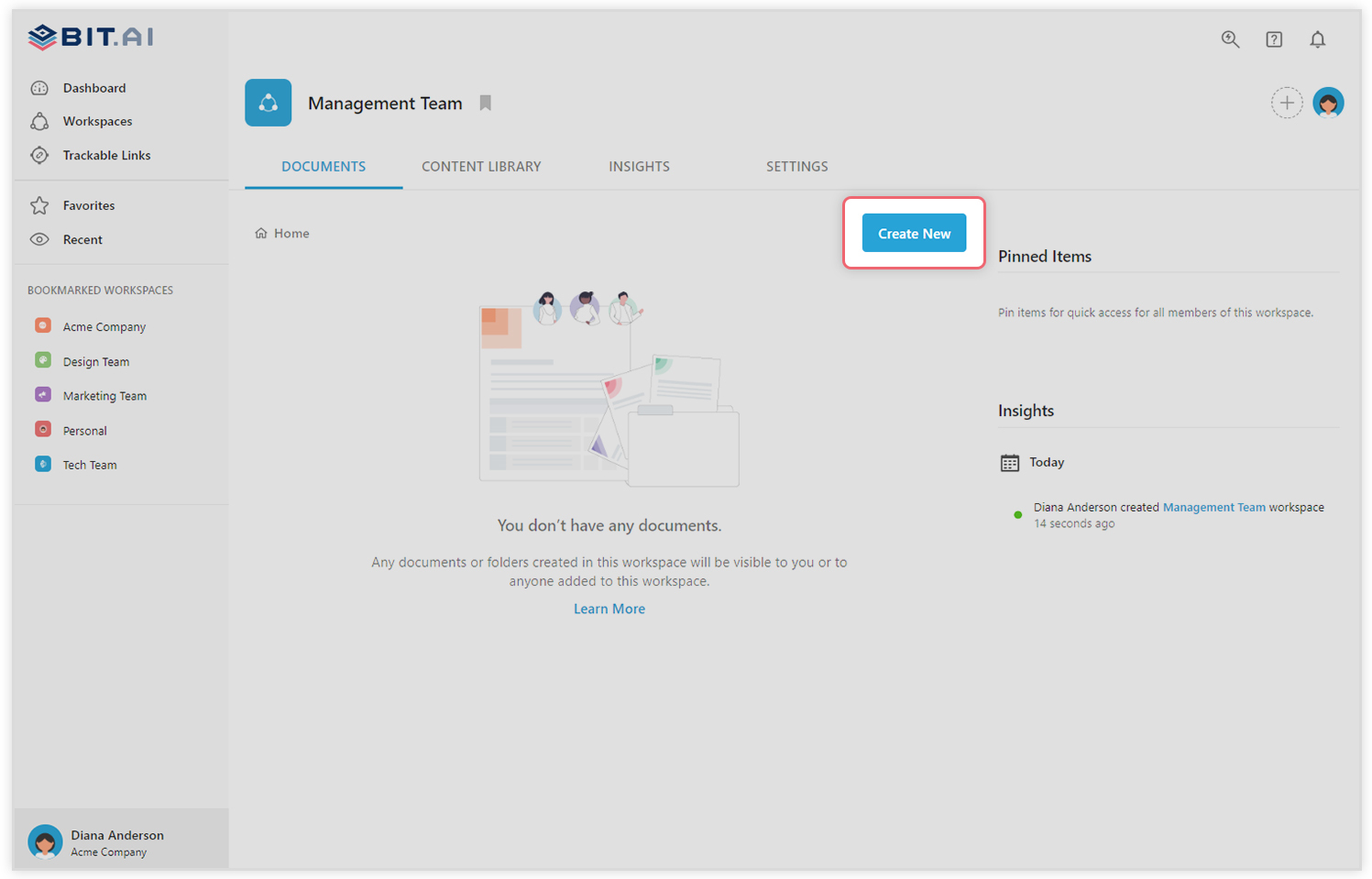
In the search box on the top left corner, you can search for a “recommended reading template”. Once your desired template pops up, click on it and click on the “Use Template” button on the bottom right corner.
That’s it! Your recommended reading document is ready for use!
Before you go!
Our team at bit.ai has created a few awesome education templates to make your processes more efficient. Make sure to check them out before you go, you might need them!
- Class Notes Template
- Lesson Plan Template
- Letter of Recommendation Template
- Recommended Reading Template
- Research Paper Template
- Thesis Template
- Checklist Template
- To-Do List Template
- White Paper Template
- eBook Template
🎥Watch this video to learn more👇
Over to you
Creating reading lists is a great way to nudge students to develop a reading practice and promote learning. Bit provides a centralized location to create, store, and share reading lists and other classroom documents like class notes, projects, assignments, research, etc.
With real-time collaboration, Bit also acts as a distance learning tool, helping teachers and students collaborate remotely. If you need any help with our recommended reading template, let us know by tweeting us @bit_docs. Cheers!
Further reads:
